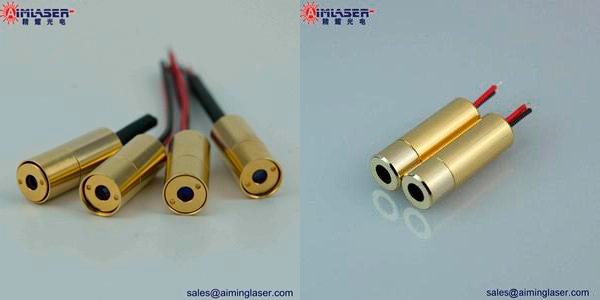White light, as we usually call it, can form a visible spectrum after dispersion through a prism. Visible light is the part of the electromagnetic spectrum that human eyes can see and feel. In this range, electromagnetic radiation is called visible light, or simply light. The wavelength range that human eyes can feel is generally 390nm - 700nm. The frequency range corresponding to these wavelengths is 430 – 790 THz. But some people can sense electromagnetic waves with wavelengths between 380 and 780 nm. People with normal vision are most sensitive to electromagnetic waves with a wavelength of about 555 nm, which are in the green region of the optical spectrum.

The main natural light source of visible light is the sun, and the main artificial light source is incandescent objects, especially incandescent lamps. The visible spectrum they emit is continuous. The gas discharge tube also emits visible light, and its spectrum is discrete. Various gas discharge tubes and filters are often used as monochromatic light sources. The range of light that the human eye can see is affected by the atmosphere. The atmosphere is opaque to most electromagnetic radiation, with the exception of visible light band and a few other bands such as radio communication band. The range of light waves that many other organisms can see is different from that of humans. For example, some insects, including bees, can see the ultraviolet band, which is very helpful to find nectar.
The spectrum cannot contain all the colors that can be recognized by human eyes and brain, such as brown, pink, purple, etc., becauseThey need to be mixed by a variety of light waves to adjust the intensity of red. The wavelength of visible light can penetrate the optical window, that is, the electromagnetic wave range that can penetrate the earth's atmosphere without much attenuation. The scattering of blue light is more serious than that of red light, which is why we see that the sky is blue.
First. Complementary colors are mixed in a certain proportion to obtain white light. If blue light and yellow light are mixed, white light is obtained. Similarly, blue light and red light are mixed to obtain white light.
Second. Any color on the color ring can use two monochromatic lights on its adjacent sides, or even be mixed and copied from the two monochromatic lights of the next nearest neighbor. For example, yellow light and red light are mixed to obtain orange light. Typically, red light and green light are mixed into yellow light.
Third. If three independent monochromatic lights are selected on the color ring. It can be mixed into different proportions in daily life. These three kinds of monochromatic light are called trichromatic light. The three primary colors in optics are red, green and blue. It should be noted here that the three primary colors of the pigment are green, magenta and yellow. However, the choice of three primary colors is completely arbitrary.
Fourth. When sunlight shines on an object, the light of a certain wavelength is absorbed by the object, and the color displayed by the object is the complementary color of the color light. If sunlight shines on an object, if the object absorbs purple light with a wavelength of 400 ~ 435nm, the object will appear yellow green.
Visible light remote sensing. The visible range of electromagnetic spectrum is about 0.78 ~ 0.4 microns. It is the most commonly used working band in traditional aerial photographic reconnaissance and aerial photographic mapping. Visible remote sensing has extended the working band to the near infrared region (about 0.9 microns). In terms of imaging mode, it has also developed from single photography to black-and-white photography, infrared photography, color photography, color infrared photography, multi band photography and multi band scanning, and its detection ability has been greatly improved. Visible light remote sensing space photogrammetry marked by the application of picture space camera has great development potential.
Visible light communication technology. As one of the Internet of things technologies, visible light communication technology can enable lighting equipment to have the functions of "wireless router", "communication base station", "network access point" and even "GPS satellite" in occasions with lighting needs without affecting normal lighting.
Visible light cloud. The satellite observation instrument senses the reflection of the ground and cloud to the sunlight in the visible light band, and displays it into a plane image, that is, the visible light cloud map. The black-and-white degree of the image indicates the albedo of the ground and cloud surface. White indicates high albedo and black indicates low albedo.